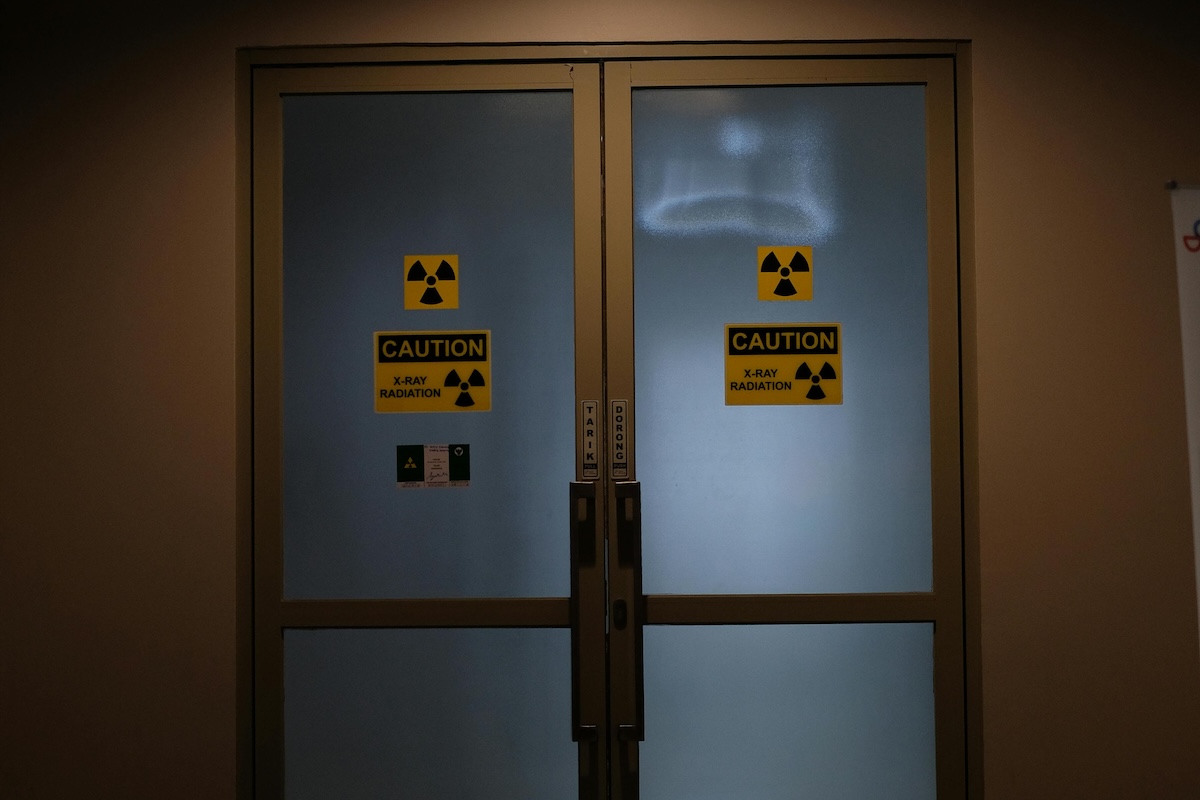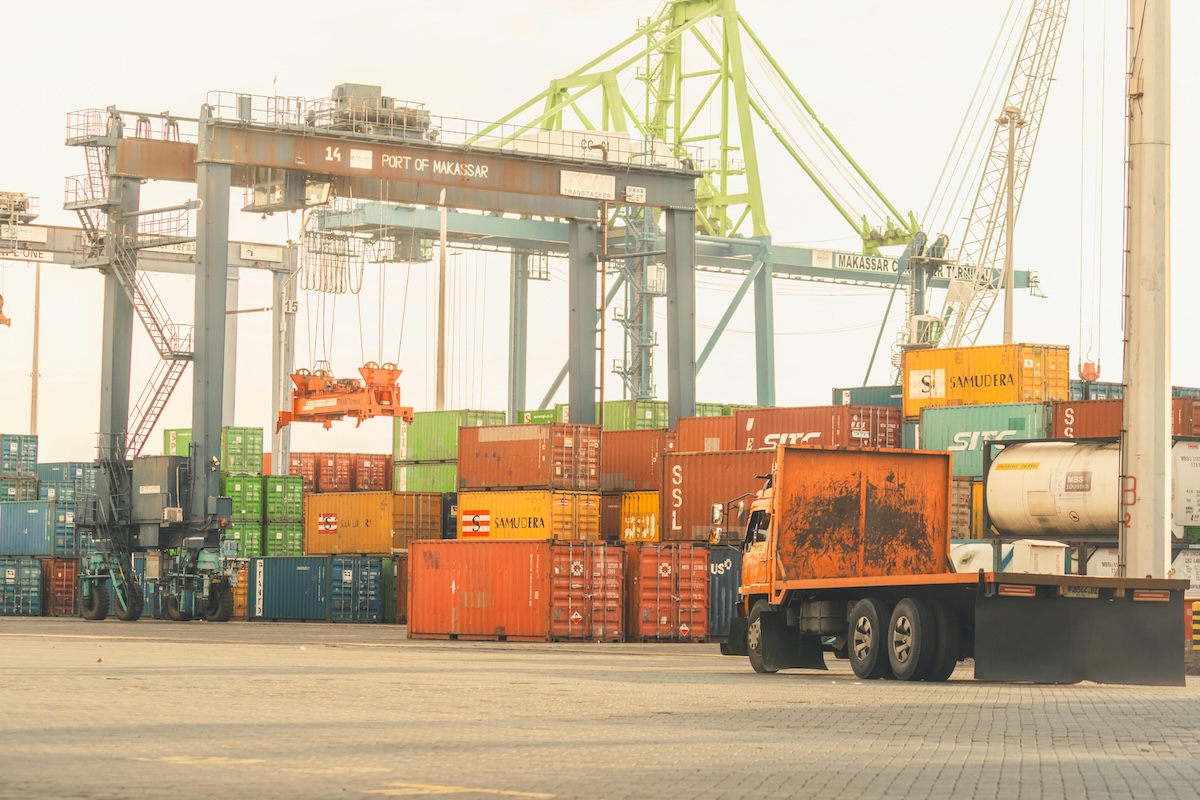Jurisdiction, Classification and Licensing: A Primer

Export control can be baffling to newcomers. It is a blizzard of acronyms, “defined terms,” and citations. In our compliance practice, we often have to lay out the basics for new clients in order to even discuss their situation. Many others know bits and pieces but don’t see how the puzzle fits together. So to any compliance veteran reading this, go no further. What follows is a primer, plain and simple.
First, there are two primary jurisdictions in U.S. export controls, one controlling evidently military items and the other overseeing “dual use” items, that is, commercial goods that could potentially have military applications. The jurisdiction determination must be done first since that dictates the applicable regulations and licensing body, as explained below.
The State Department’s Directorate of Defense Trade Controls (DDTC) has jurisdiction over defense articles and defense services covered by the U.S. Munitions List (USML) pursuant to the International Traffic in Arms Regulations (ITAR). On the dual use side, the Commerce Department’s Bureau of Industry and Security (BIS) has jurisdiction over dual use items covered by the Commerce Control List (CCL) pursuant to the Export Administration Regulations (EAR).
As for the actual classification, you must compare the technical specifications of your item against the relevant USML and CCL entries (in that order) to see if the item is specified on either list. It doesn’t help that these two lists are organized very differently and also have variance in their terminology. The USML is divided into 21 different categories, each with many control entries describing various subsets. The CCL uses 10 categories, each containing several 5-digit Export Control Classification Numbers (ECCNs), as we will explain further below.
- Controls for physical items are indicated with an ‘A’ in the ECCN (e.g., 3A611);
- Test, inspection, and production equipment have a ‘B’ (e.g., 5B002);
- Controls on certain materials are denoted with a ‘C’ in the ECCN (e.g., 1C010);
- Software controls are indicated with a ‘D’, (e.g., 6D201);
- “Technology” controls have an ‘E’ in the ECCN (e.g., 9E991).
If your item is described by one of the ECCNs on the CCL, then any related technical data could rise to the level of controlled “development technology,” “production technology,” and/or “use technology,” each of which is a defined term under the EAR.
Let’s say for example your technical data rises to the level of controlled technology. The next step is to compare the “Reasons for Control” listed in the ECCN entry against your export destination on the Commerce Country Chart). If there is an ‘X’ in the box at the intersection of your export destination and the applicable reason(s) for control, an export license is required from BIS unless the transaction satisfies the requirements of one of the License Exceptions provided in the EAR.
If, on the other hand, your item is not described on the CCL, then the tech data will default to a classification of EAR99 and you won’t need an export license from BIS to export the data.
If a license is required, export license applications are submitted to BIS through their online portal called SNAP-R. License applications for ITAR items are submitted to DDTC through DTrade.
That’s it. Simple enough, right?










